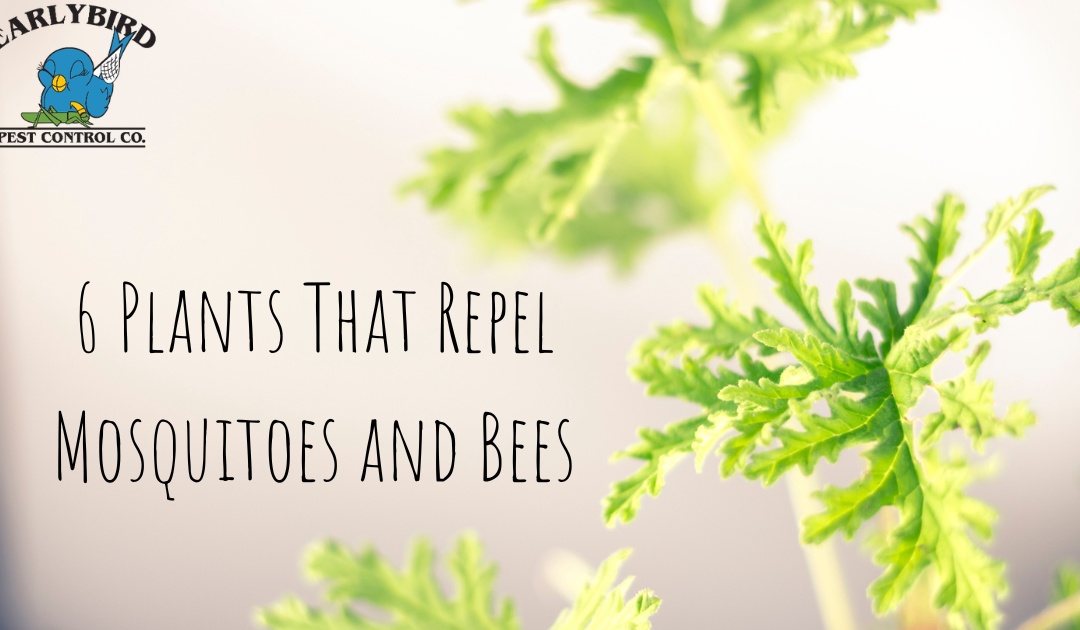Many homeowners and renters want to repel mosquitoes and bees. Mosquitoes and bees can become a disturbance in the home, especially for those allergic to them. These insects can cause much damage to the house and humans. In addition, a bee sting or mosquito bite can become complicated if not treated. However, there are natural plants that repel these insects and stop them from coming to your home. Here are some plants used in homes to keep mosquitoes and bees out.
What to Plant to Repel Mosquitoes and Bees:
Lavender
Lavender is very effective and can repel mosquitoes and bees because of its fragrance. The plan is sometimes squeezed and rubbed on the skin to work effectively. You can grow this plant in pots or borders and are able to grow in warm or dry regions. However, you can grow the plant indoors in cold climates to extract the fragrance properties. The plan can become leggy, which needs pruning after a few years to keep its looks.
Marigolds
Marigold has a smell that keeps mosquitoes, bees, whiteflies, bugs, and tomato hornworms away. Insect repelling plants have a chemical called pyrethrum, which is highly concentrated in the plant. You can plant this flower in a pot and keep it near an opening where mosquitoes or bees use to enter the home, like windows. However, there are grown on fertile soil with sufficient sunlight. You can get the seed or the starter plant available from many gardeners.
Basil
Basil does well indoors or outdoors, and you have it among your culinary arsenal. Fortunately, the plan has a harsh smell that mosquitoes and bees hate, thus making it a great option to repel mosquitoes and bees. The plant is a culinary herb that can be planted with other flowers and not cause harm. However, you must learn how to grow the flower by seed or cutting, placed in a sunny place, and requires constant watering for it to flourish. However, the plant doesn’t do well in scorching sunlight and should keep away from hot summers.
Citronella
Citronella is another plant that is good for chasing away mosquitos and bees. They are biologically called citrosum plants or mosquito plants for their solid repelling smell. Because of its pleasant smell, you can crush and rub it on your skin to repel these insects. The plant requires some maintenance and should be kept in a sunlight area with porous soil. The plan does well in the ground or large pots. The plant has wide varieties, but two species – Cymbopogon nardus or Citronella winterianus – are great at options to help repel mosquitoes and bees.
Lemon balm
This plant has a high citronella concentration, emitting a lemon scent. The pungent aroma makes it pleasant to crush and rub on the skin, especially around the ankle, arms, and other open areas to repel mosquitoes and bees. Unfortunately, the plan can quickly spread in your garden. So it is best to prune the plant to maintain it in a pot.
Peppermint
Peppermint has a high concentration, which makes it suitable to repel mosquitoes and bees. Take a peppermint leaf, crush it and rub it on your skin. You can assess the plant oil and apply it to the skin when you crush it. To make the plant more effective, you can pick many leaves, cut them into pieces, and spread them on an entry point like a door or window. The plant does better in pots to prevent the rapid propagating ability. You can also use garden edging or bricks to slow the spreading speed.
More Tips for Homeowners:
-
- 4 Signs You Have Bed Bugs
- How to Get Rid of Cockroaches
- How to Get Rid of Rats
- How Do I Know if I Have a Scorpion Infestation?
- How Do I Know if I Have a Bee or Wasp Nest in My House?
- How Do You Know if You Have Mice or Rats?
- Do I Need a Professional to Remove Tarantulas?
- 5 Ways to Keep Pests out of the Office
- How Ants Ruin your Home
- Can Pests Destroy Stucco?
- Pros and Cons of a Stucco Home
- Does Arizona Have a Cockroach Problem?


Recent Comments